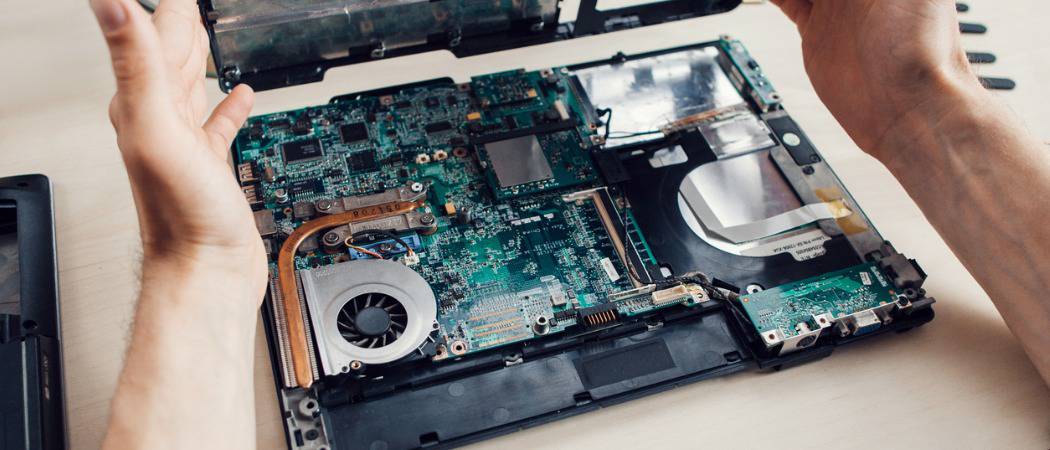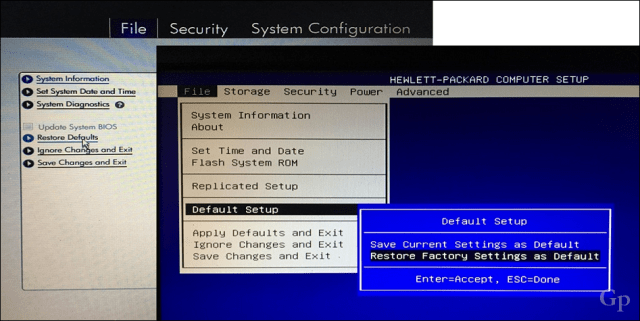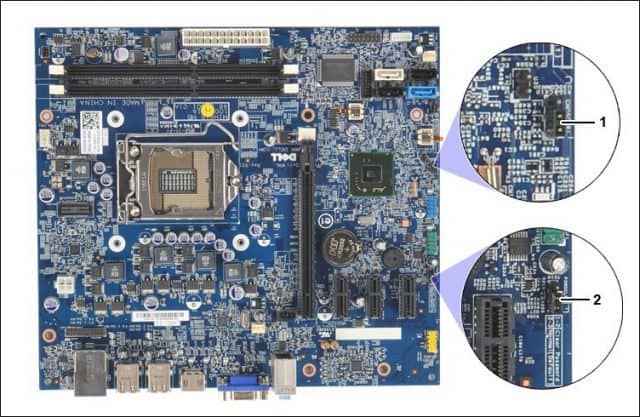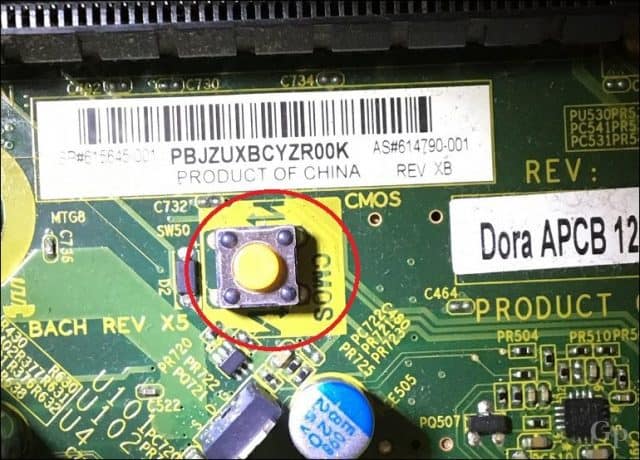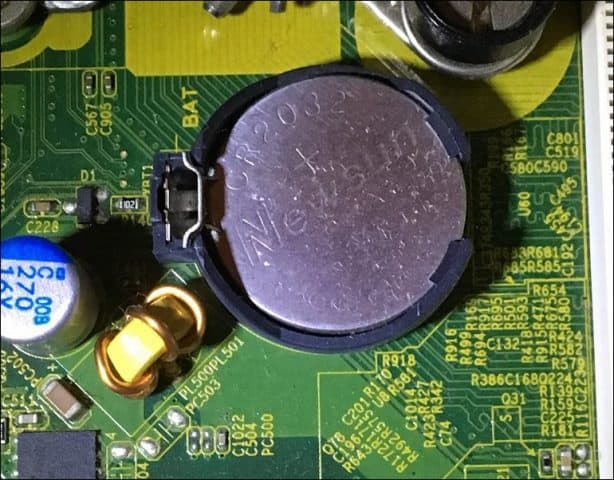Like any configurable part of your computer, the BIOS can get corrupted. You can make inadvertent changes that destabilize your system, fall victim to malware or a botched BIOS upgrade or power outage, or plain forget your BIOS password. In these cases, resetting your BIOS to its default settings can get you up and running again. If you are experiencing problems installing Windows 10 from a USB or DVD, resetting the BIOS might also help. In this article, we’ll take a look at a couple of ways you can reset your BIOS back to its original factory state, also known as clearing the CMOS cache.
Clear CMOS Cache on a PC or NVRAM on a Mac
Due to the variety of makes and models, but the basic principles for accessing the BIOS or UEFI firmware interface can be found in our BIOS setup guide. Finding the setting to reset your BIOS will vary depending on your computer. On my HP desktop and laptop, the reset feature is under the File -> Default Setup menu and is called Restore Factory Settings as default. Users should look for wording relating to Restore Defaults or Factory Default. Usually, you will need to press the F10 to confirm changes before exiting.
Physically Clearing the CMOS Cache
Another way users can reset their BIOS defaults is by manually resetting a jumper on the motherboard. When I just started working as a system administrator at a local high school, students would enter the BIOS and set up a password locking out other students. Resetting the jumper on the motherboard then applying a standard BIOS password to access prevent access resolved this issue. Before you begin, ensure your computer is powered down, the power cord is disconnected from the outlet then wait about 30 minutes for your system to be cooled down. Reason why? Some electrical charge might still be present even when powered down and disconnected. You don’t want to risk any chance of electrical shock or damage to components. Proceed to open the system unit, then look for a small jumper—there might be two for resetting the BIOS and one for just the BIOS password. Remove both, reconnect the system unit to AC power, boot the system then wait about 10 minutes. Once your BIOS has been reset, reconnect the jumpers, close the system unit, reconnect external devices, and power on the system. The CMOS jumper is a button on my HP desktop that I press and hold for about five seconds. So, this process varies depending on the make and model of your computer.
Another method users can attempt is to remove the CMOS battery itself. The CMOS battery looks like a small silver coin.
What about the Mac?
Macintosh computers have a similar setting called the NVRAM (nonvolatile random-access memory). It keeps some information about your Mac, such as volume, screen resolution, startup disk, time zone, and recent kernel panic information. Macs are very proprietary, so any default settings are done externally. Thankfully, it’s straightforward to reset them. First, power down your Mac, turn it on, then immediately press the following keys at the same time: Option, Command, P, and R. You can release the keys after you hear the startup chime. Apple says you might need to readjust settings for volume, screen resolution, startup disk selection, and time zone afterward. That’s a quick look at resetting your BIOS defaults. Let us know in the comments if this is something you have done before. If you are experiencing problems attempting to installing Windows 10 from a USB or DVD, resetting the BIOS might also help. Comment Name * Email *
Δ Save my name and email and send me emails as new comments are made to this post.
![]()
